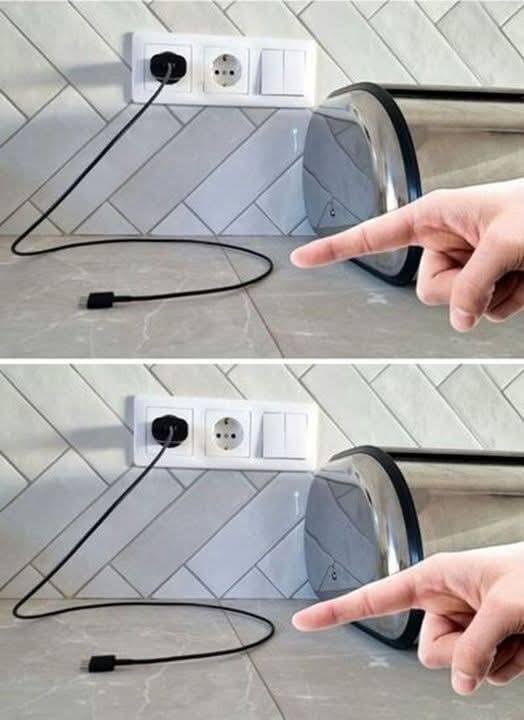ADVERTISEMENT
To ensure both your charger and your phone last as long as possible, it’s best to disconnect the charger when not in use. This helps reduce heat exposure, prolongs the lifespan of the charger, and ultimately saves you money by reducing the need for replacements.
3. It Poses a Potential Fire Hazard
While the risk may be small, there is a genuine danger associated with leaving chargers plugged into the socket when not in use. Faulty or cheap chargers can overheat or malfunction, increasing the chance of electrical fires. This is particularly true for knockoff or off-brand chargers that may not have the necessary safety standards in place.
Even with quality chargers, leaving them plugged in for extended periods can lead to a potential safety risk, especially if the electrical wiring in your home is older or if the charger’s internal components are damaged.
To minimize the risk of fire hazards, it’s always a good idea to unplug devices when they’re not in use—not only to keep your home safe but also to avoid electrical surges or shorts that could occur in the event of a malfunction.
Conclusion: Simple Habits for a Safer, Smarter Home
While it may seem like a small thing, leaving a charger plugged in without your phone can have several negative consequences. From wasting energy and increasing your electricity bill to shortening the lifespan of your charger and devices, and even posing a potential fire hazard, it’s clear that it’s worth forming the habit of unplugging your charger when you’re not using it.
Not only does this small step help protect your home and your devices, but it also contributes to a greener and more sustainable lifestyle. Plus, it’s a simple change that doesn’t require much effort but can have lasting benefits. So next time you’re done charging your phone, make sure to unplug the charger—your wallet, your devices, and your home will thank you!
